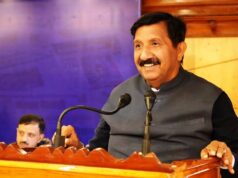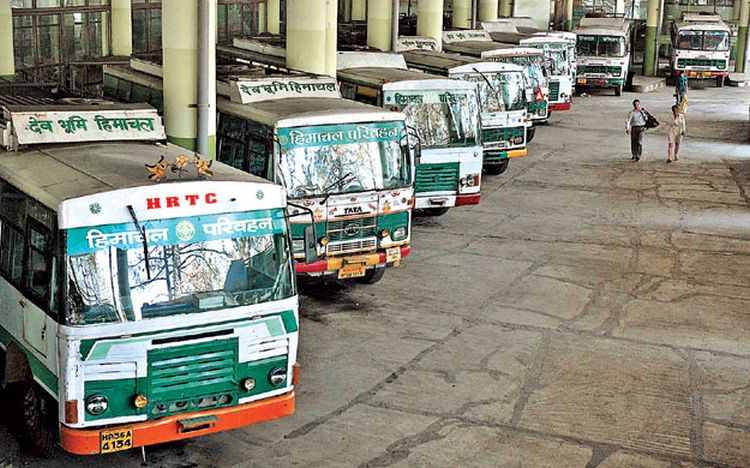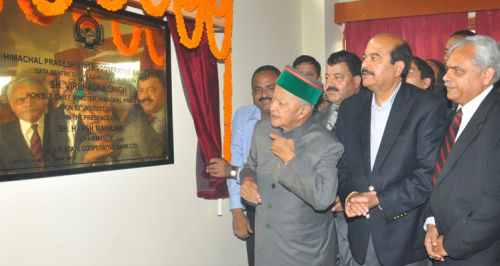Cabinet sub-committee submits report; also suggests shifting rented offices from Shimla to other districts
Shimla – In an effort to streamline government expenditure and strengthen the state’s financial position, a cabinet sub-committee constituted by the Himachal Pradesh government has recommended a 10 percent reduction in the number of vehicles used by government departments and the immediate merger of several loss-making boards and corporations.
The Resource Mobilization Cabinet Sub-Committee, headed by Deputy Chief Minister Mukesh Agnihotri, submitted its report to the cabinet for further action. Chief Minister Sukhvinder Singh Sukhu formed the committee to explore ways to reduce administrative costs and improve financial management.
As part of its recommendations, the panel has proposed that no officer should have more than one government vehicle, and a 10 percent overall cut in vehicle numbers could significantly reduce recurring fuel and maintenance expenses.
The committee has also advised that the state government should move forward quickly with merging boards and corporations, many of which are running at a loss. Currently, Himachal Pradesh has 23 boards and corporations, with over 13 of them incurring financial losses. The largest among them are the Himachal Pradesh State Electricity Board and the Himachal Road Transport Corporation (HRTC). While the present government had earlier merged the Finance Corporation, the committee noted that subsequent consolidation efforts have slowed.
Another key suggestion in the report is to shift government offices currently operating from rented buildings in Shimla to other districts. The committee believes this will not only reduce the burden of high rentals in the capital but also bring administrative services closer to people in rural and remote areas, improving access and efficiency.
The report is divided into three parts. The first part deals with pending financial matters with the central government, including BBMB arrears, NPS contribution delays, and disaster relief funding under the Post-Disaster Needs Assessment. The second part outlines steps to be taken by the state government, while the third part suggests major reforms and restructuring measures for long-term financial sustainability.
The cabinet is now expected to deliberate on these recommendations and decide on their implementation. So far, only one decision from the report — the revision of minimum bus fares — has been agreed upon, though its notification is still pending.
The recommendations come at a time when Himachal Pradesh is grappling with rising debt and budgetary constraints. The cabinet’s response to these proposals could mark a turning point in the state’s approach to fiscal discipline and administrative restructuring.













